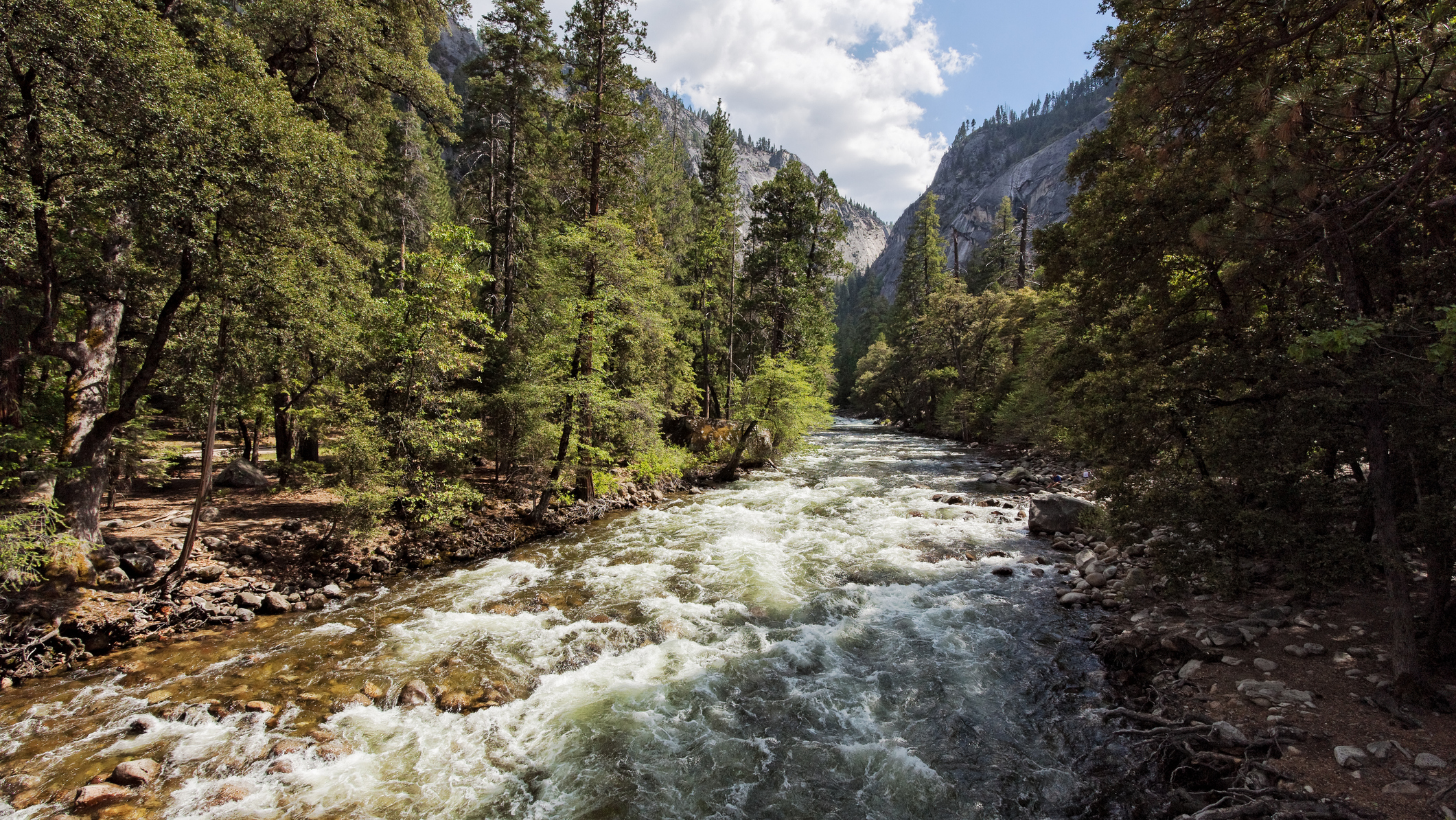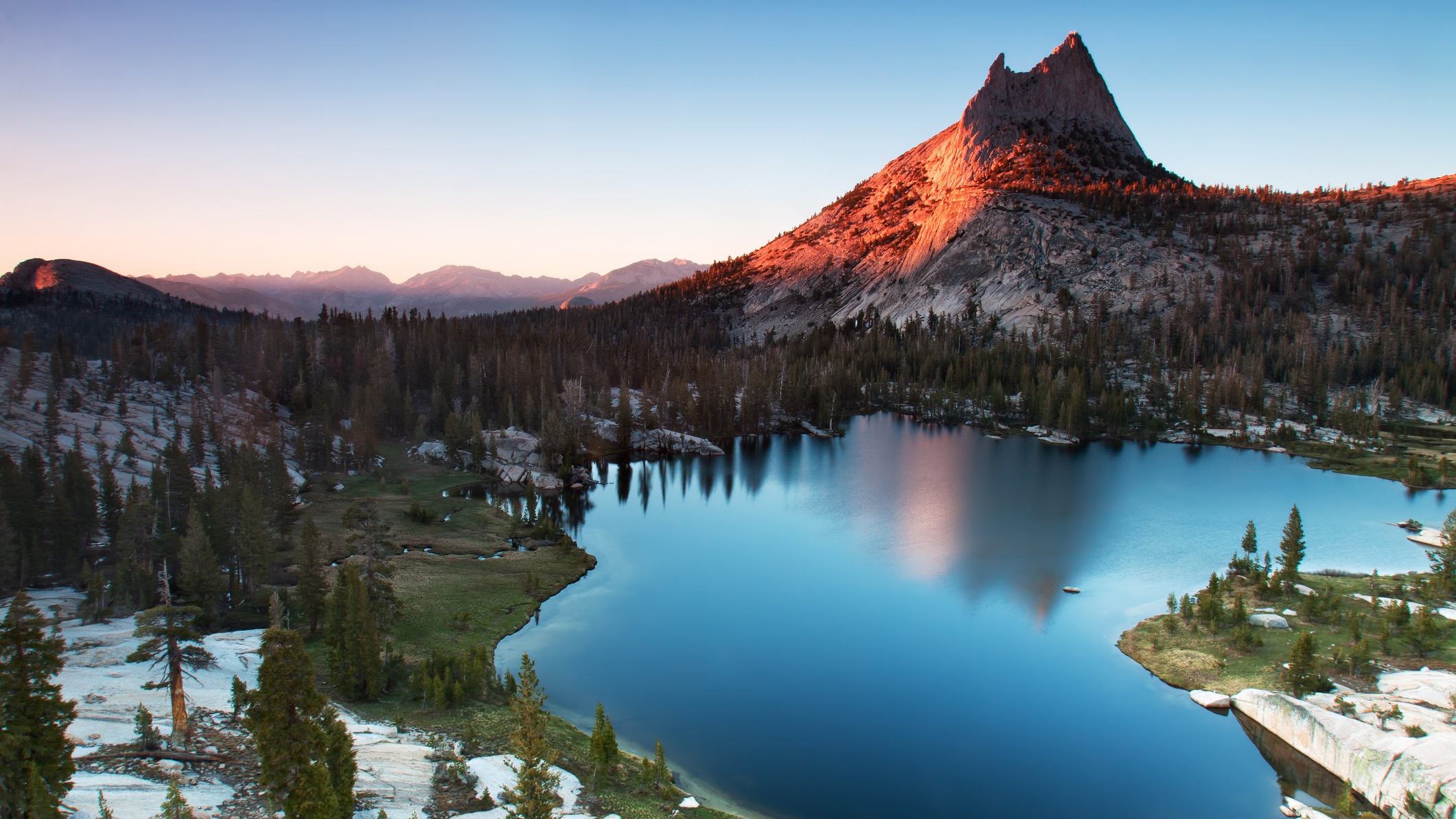“Swimming here is like swimming in an ice bath,” Yosemite National Park issues water-safety advice before peak summer season
Watch Yosemite search and rescue workers demonstrate a life-saving water recovery mission from fast and freezing conditions

Search and rescue officials at Yosemite National Park are urging visitors to take care around its freezing, fast-moving water as the peak summer season approaches.
The park's search and rescue team responds to roughly 15 to 20 water-related incidents every year in its ice-cold rivers and lakes, which present a life-threatening risk to open-water swimmers, and hikers.
"As water levels rise, so do their danger levels," explains a Yosemite Facebook post.
"Many of the park’s search and rescue cases involve visitors accidentally falling in after crossing streams, scrambling on rocks, or hiking near water. Take your time and use caution."
There are two major rivers in Yosemite National Park: the Merced and the Tuolumne. Both flow westward from the Sierra Nevada mountains and contain a significant amount of melted snow, which keeps the water cold all year round.
Yosemite also has more than 2,000 lakes, many of which are also fed by snowmelt and therefore dangerously cold.
"Swimming here is like swimming in an ice bath. Know your limits; even professional swiftwater rescuers need layers of insulation in the water," continues the post.
Advnture Newsletter
All the latest inspiration, tips and guides to help you plan your next Advnture!
There are also significant dangers hidden under the surface, where powerful currents and hidden debris like tree branches and rocks can cause serious injury.
"If a sign says, 'No Swimming,' it is usually near a dangerous area where water-related incidents have happened in the past. When you see a sign, keep yourself safe and find a different location to enjoy."
Posted by YosemiteNPS on
Yosemite's Facebook post also includes a video in which officials simulate a water rescue from the rapid and icy currents.
"By the time I got here and they did the work to pull me out of the water, I was exhausted, and I was tired, I was cold, I was shaky," said park ranger Jason Deger, who acted as the victim of a water accident, and was pulled to safety by search and rescue workers.

If you fall into water with a strong current, Yosemite National Park advises you to "float on your back, direct your legs downstream, and point your feet up on the surface" to maximise your chances of survival.
For more safety tips, check out our expert guide to staying safe in open water.
- The best changing robes: cocoon yourself post-swim in a protective layer
- The best water shoes: fast-draining, quick-drying and ready to take you from the shore to the sea

Will Symons developed his love of the outdoors as a student, exploring every inch of Sussex’s South Downs national park and wild swimming off the Brighton seafront. Now a Staff Writer for Advnture, Will previously worked as a freelance journalist and writer, covering everything from cricket to ancient history. Like most Advnture staff, Will’s time is rarely spent indoors, he can often be found hiking, wild swimming or playing cricket.
